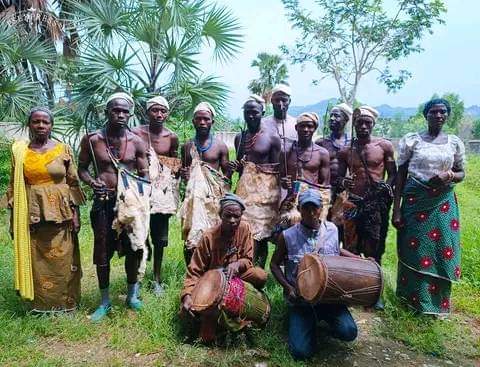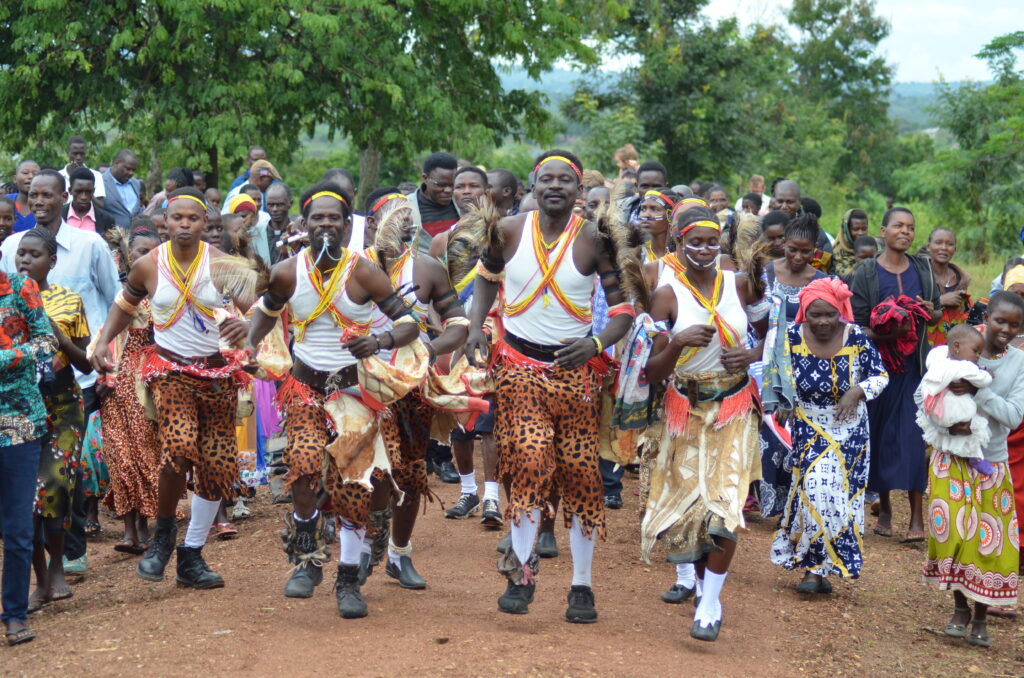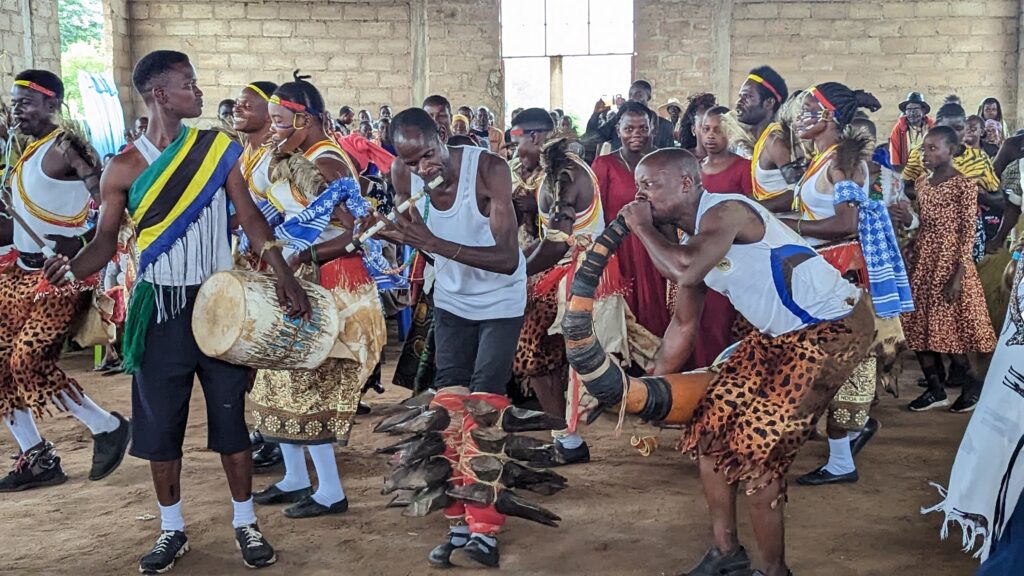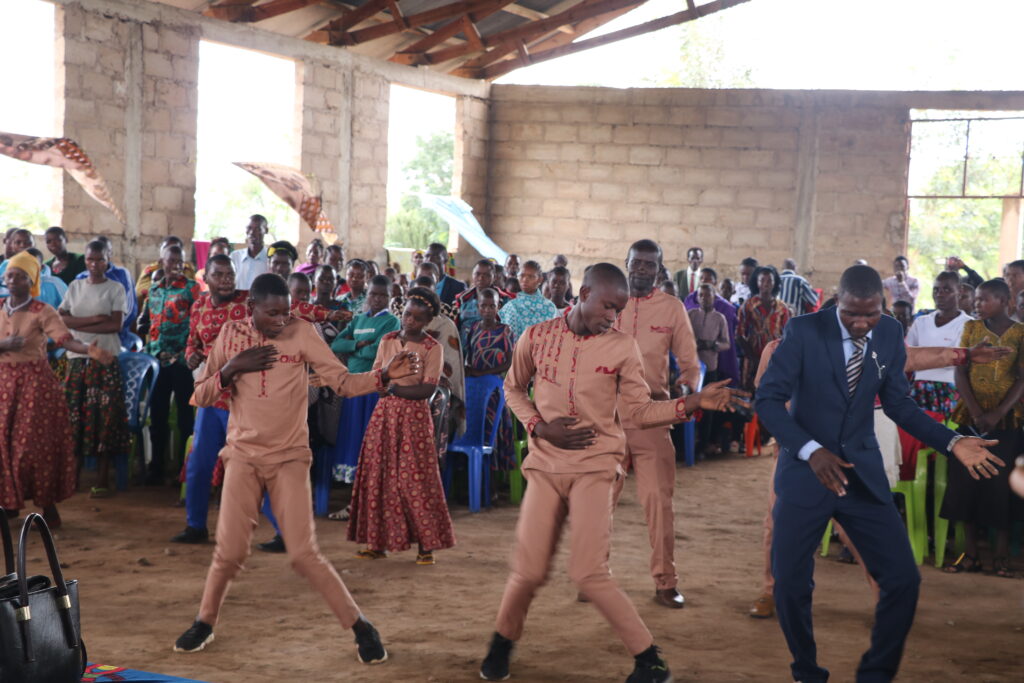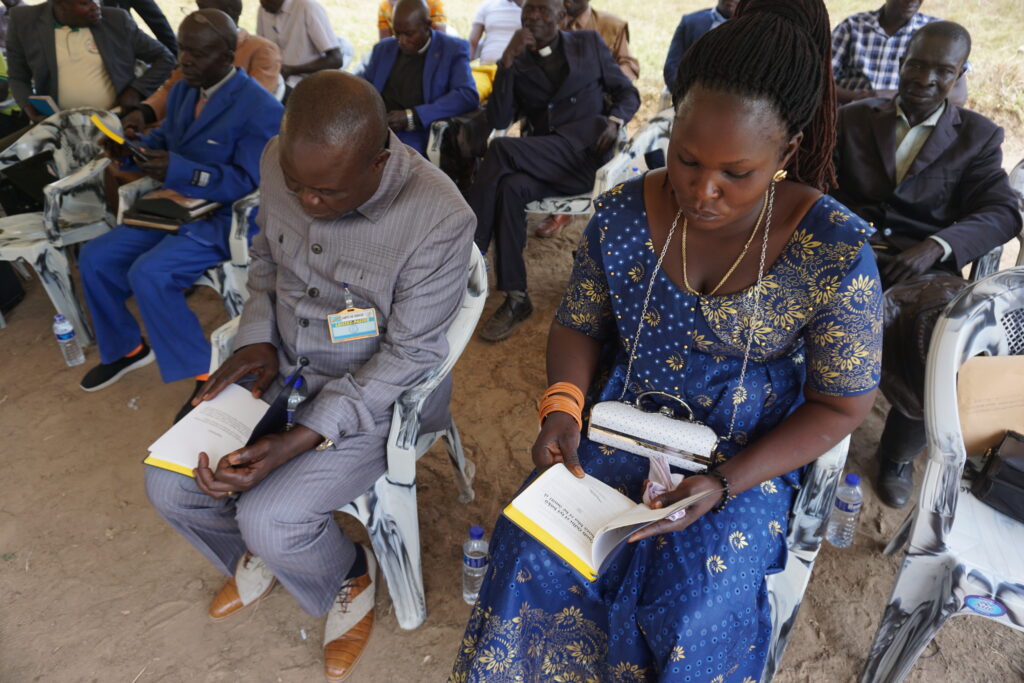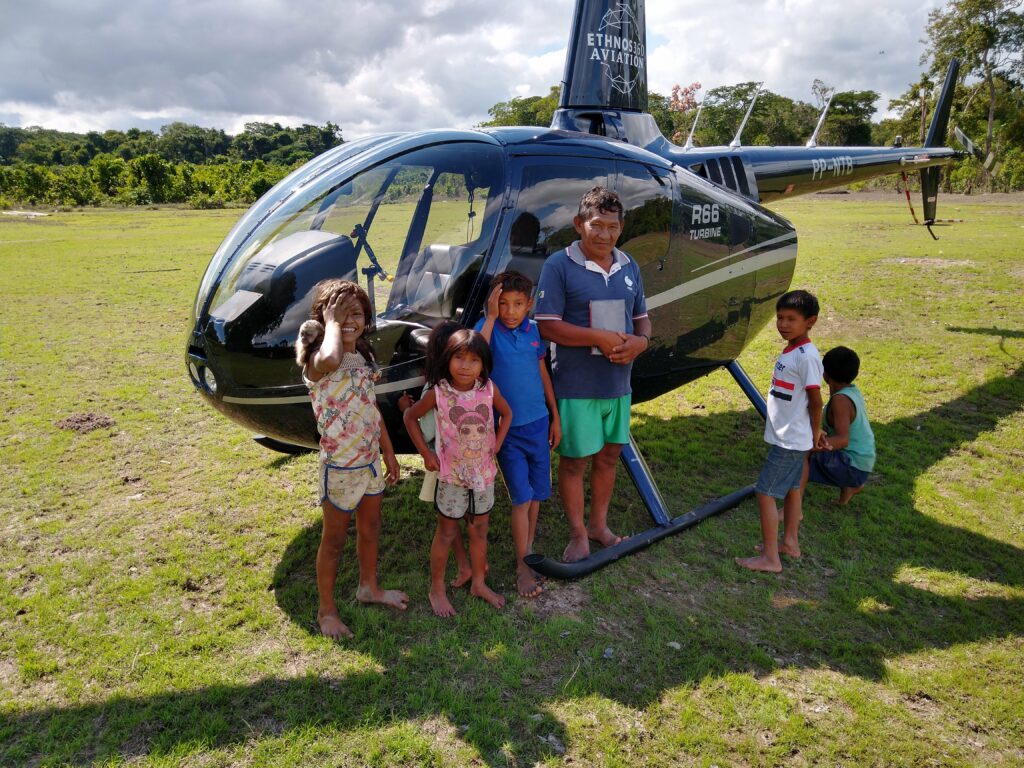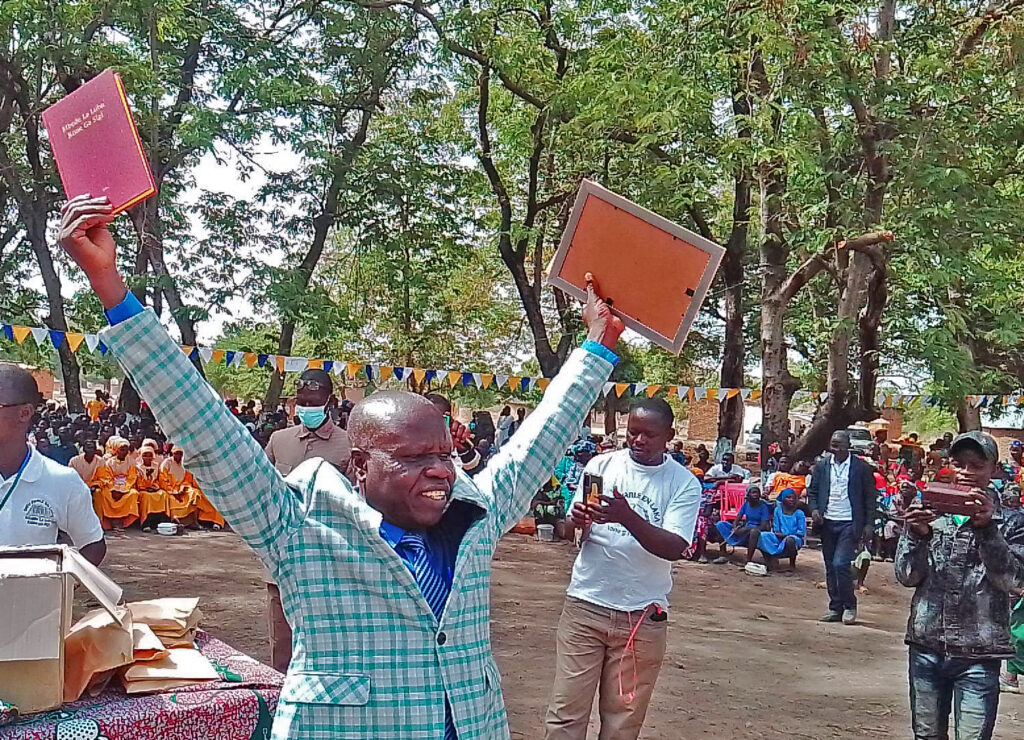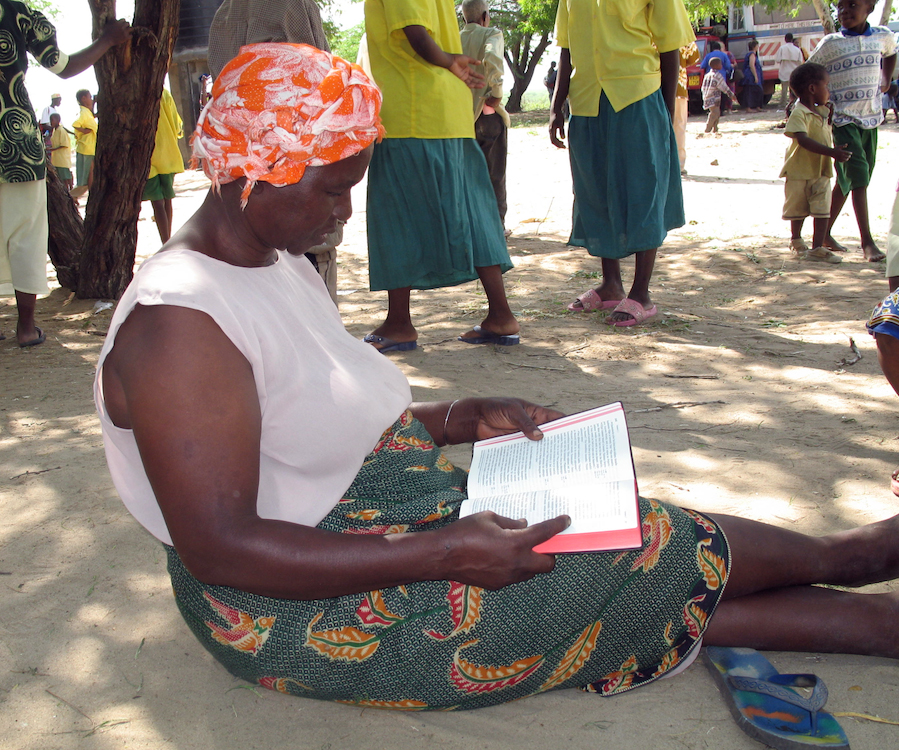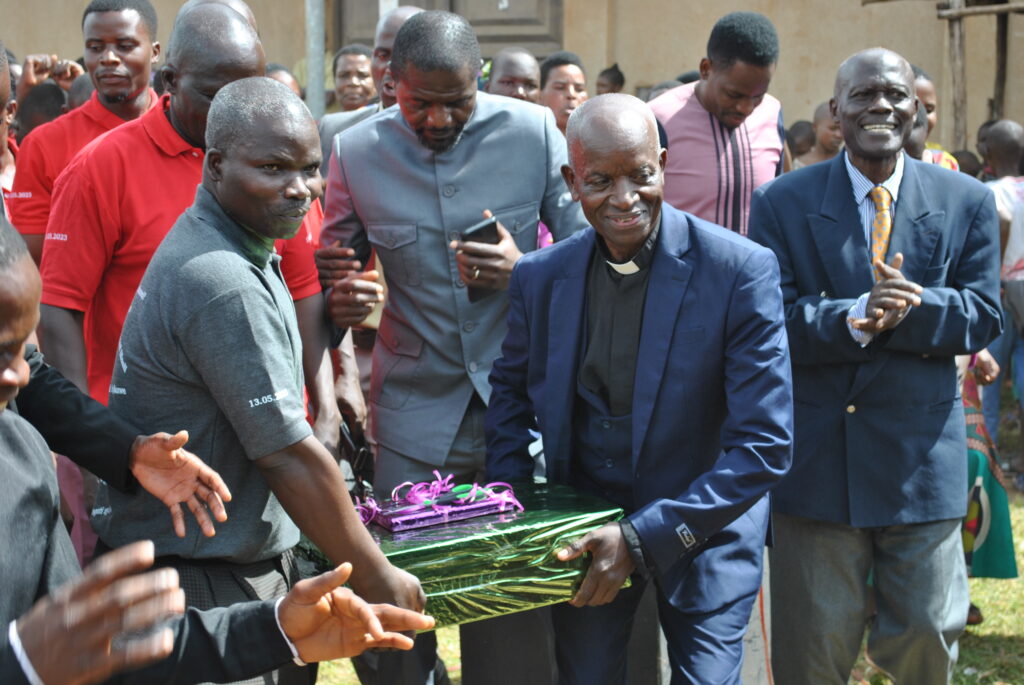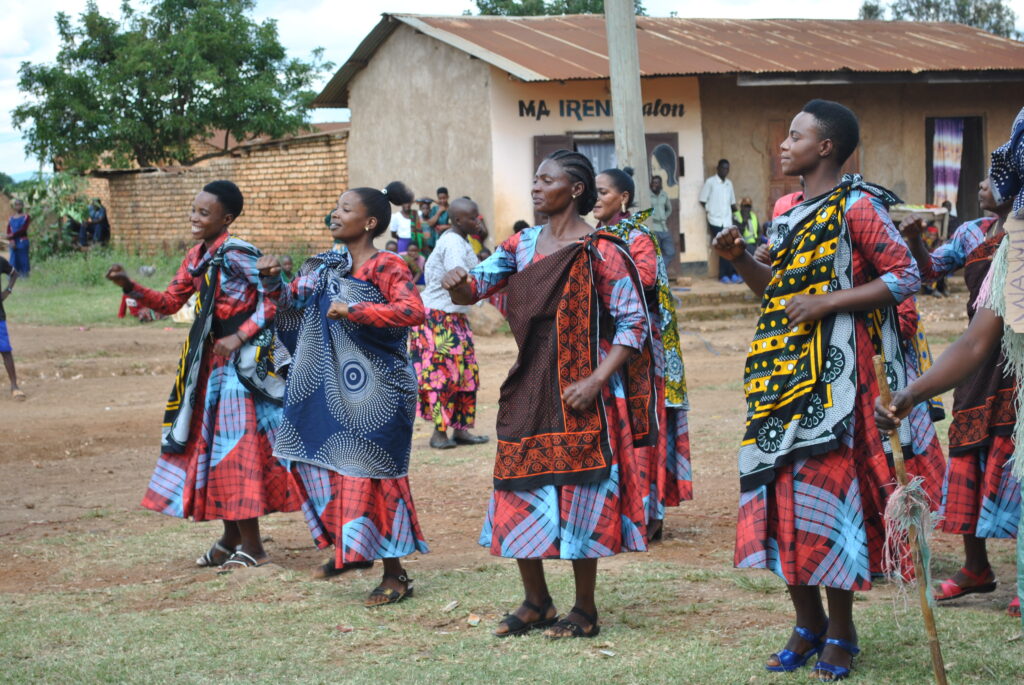A Tale of Two Aircraft
In 2001, the Quest Mission Team, sixteen mission aviation organizations including JAARS, invested in the Quest Aircraft Company to further the development of the Kodiak aircraft.
Since that time, JAARS has acquired the four Kodiak aircraft that now operate in Papua New Guinea. Unknown to us, God had additional plans for the money JAARS had invested at Quest.
A couple of years later, JAARS needed a Pilatus Porter PC-6 aircraft to use for ground vibration testing on underwing cargo pods, a project developed to provide a way to carry cargo without displacing passengers. We asked the owner of one of only two Porters available in the United States if we could “shake his airplane.” He was willing and supportive of a short-term lease of the aircraft to JAARS—an aircraft he had just purchased and had never even seen.
After the Porter was delivered to JAARS its wing-mounted external fuel tanks were replaced with wing-mounted cargo pods. After years of concept development, prototype manufacturing, on-airframe testing, and PAPERWORK, the pods have been certified and are now deployed and used in the field.
Once we finished testing the cargo pods, JAARS planned to ship the airplane to Hawaii. Instead, the owner suggested JAARS keep the Porter, so we drew up a longer-term lease and put it into service as a training aircraft.
The Porter has proved an invaluable resource for turbine-based ground maintenance and flight instruction in pre-field and recurrency training. In recurrent training, we have introduced swerve recognition and prevention techniques not normally practiced by field instructor pilots. Having the Porter enabled us to provide this unique training, a great enhancement to the safety margins in our operations.
 In January 2015, the Porter’s owner offered to sell the aircraft to JAARS for a reasonable price. Owning the aircraft would allow JAARS to officially add the Porter, an aircraft that we use in the field, to our training fleet. Its loss would leave a significant hole in our now-critical turbine-based training capabilities.
In January 2015, the Porter’s owner offered to sell the aircraft to JAARS for a reasonable price. Owning the aircraft would allow JAARS to officially add the Porter, an aircraft that we use in the field, to our training fleet. Its loss would leave a significant hole in our now-critical turbine-based training capabilities.
We were interested but didn’t have the funds to buy it—nor did we know where they would come from. Plus, we wanted to do a full assessment of the risks and benefits of owning this particular aircraft. So we prayed, sharpened our pencils, and moved forward in our analysis and discussions with the expectation that an answer—one way or the other—would become apparent.
Then, in February, Quest Aircraft Company was sold. Based on our original investments and subsequent financial treatment of those funds, we expected some proceeds from the sale. We just didn’t know when the funds would come.
Meanwhile, negotiations between JAARS and the aircraft owner began in earnest. Our aviation team built a business plan that satisfied our internal stewardship requirements and, trusting in God’s provision, senior management negotiated a mutually agreeable offer with the owner, contingent upon a funding solution.
And then it happened. Just days before payment to the owner of the PC-6 was due, funds from the unexpected Quest settlement were wired to our account—in an amount more than enough to purchase the PC-6! The Porter now has a new owner, a new “official” mission and a new call sign: N365BT—representing “all the time Bible Translation.”
 God’s pathways and plans are always right and, in this case, resulted in the purchase of the aircraft we needed right when we needed it. His plan, set into motion by investments in an aircraft manufacturer in 2001 resulted in the purchase of an aircraft needed in 2015.
God’s pathways and plans are always right and, in this case, resulted in the purchase of the aircraft we needed right when we needed it. His plan, set into motion by investments in an aircraft manufacturer in 2001 resulted in the purchase of an aircraft needed in 2015.
With the Porter now part of the fleet, JAARS is in the unique position to continue providing real-time field-applicable turbine aircraft maintenance and flight training for our pilots as well as those of other mission organizations and commercial operators who use this unique aircraft.
Check out this link to see the vibration test: https://www.youtube.com/watch?v=WLWesCc_euw



















